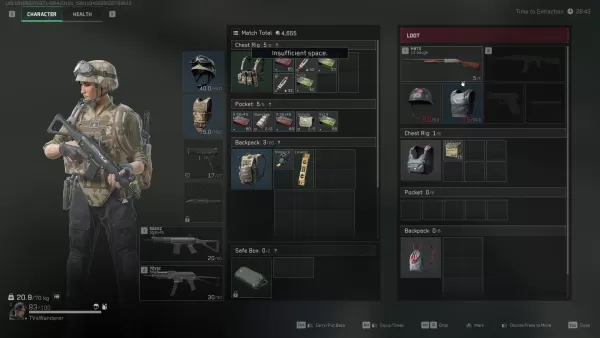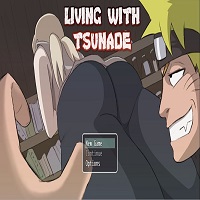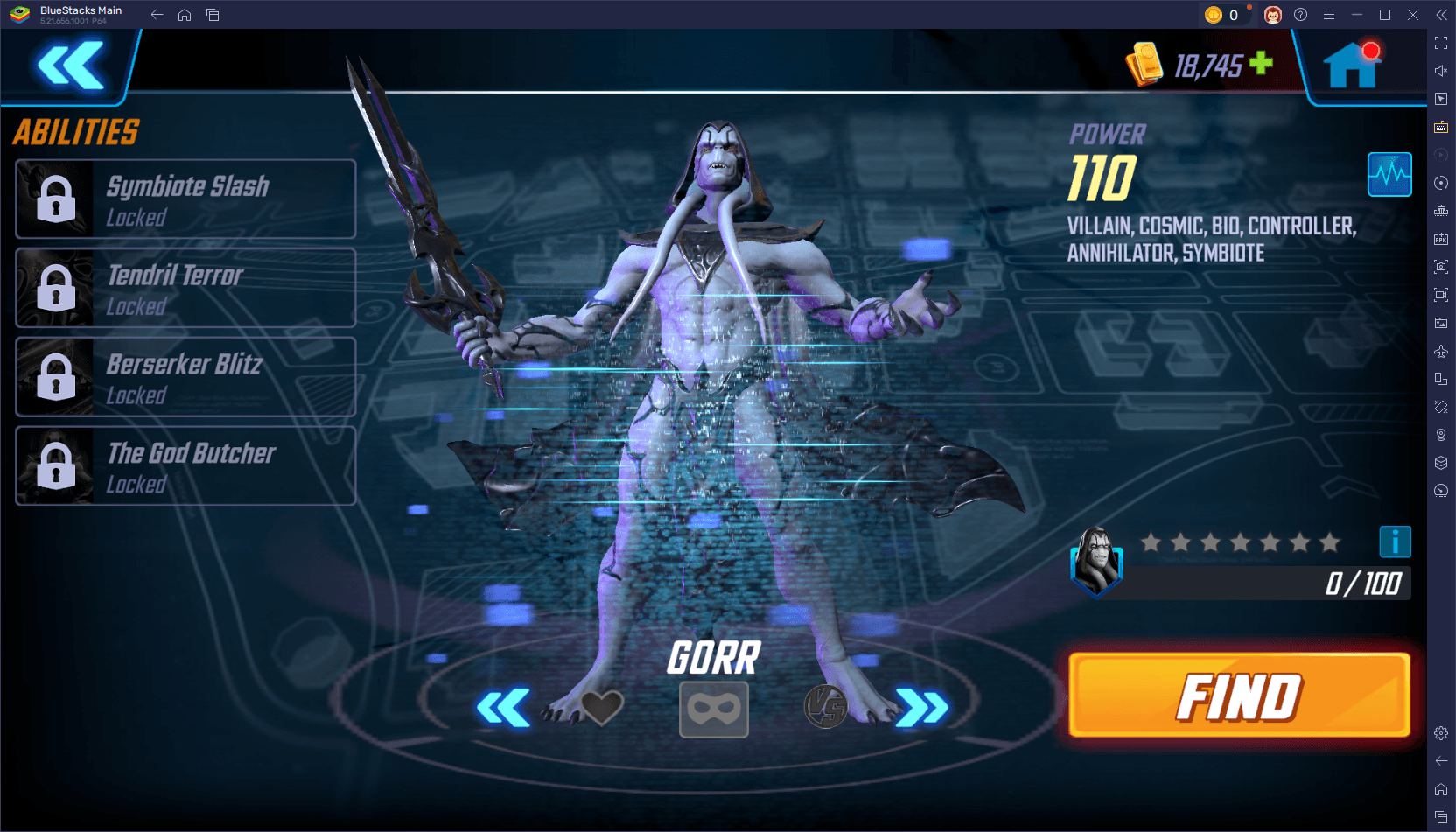In Delta Force, Operations mode—also known as Hazard Operations or Extraction mode—is where the game's high-stakes action unfolds. Whether you call it Operations or simply "raiding," the core objective remains the same: drop in, secure valuable gear, and extract safely before other players or AI enemies eliminate you. The twist here is that, like other extraction shooters, everything you bring into the match is at risk. If you die, you lose it all.
This guide aims to do more than just help you survive. Here, you’ll discover the ins and outs of Operations mode, from start to finish. You'll learn how to pace your runs, manage your gear effectively, and make strategic decisions that enhance your long-term success. If you're seeking only survival tips for Operations mode, head over to our blog where we've detailed a guide specifically on that topic.
Whether you're playing solo or with a squad, understanding the system is crucial for playing smarter, not harder.
What Operations Mode Actually Is
Delta Force's Operations mode is a dynamic PvPvE sandbox where every match is unique. You and up to two other players enter a live map teeming with AI soldiers, loot spawns, and competing teams. Your mission? Loot as much as possible and extract safely before you're taken out.
Unlike traditional shooter modes, Operations doesn't focus on a score. Instead, whatever you manage to extract becomes part of your inventory outside the raid. Conversely, if you're killed, you lose everything you're carrying—except for items safely stored in your Safe Box. This risk-and-reward dynamic is what fuels the intense atmosphere of Operations mode, even if you're just grabbing medical supplies and making a stealthy exit.
Loadout Planning and Inventory Control
Your success begins before you even enter the map—it's all about selecting the optimal loadout for the situation. Every match has an entry fee, so your loadout choices are crucial. Essentials like a helmet, armor, chest rig, and backpack are mandatory. You can't deploy without them. However, what you decide to bring beyond these basics will dictate your gameplay style.

Extraction zones are typically static, but some maps introduce dynamic elements like elevators or enemy-controlled checkpoints. Always have an exit strategy before you dive deep into looting.
Loot Smarter, Not Harder
Every item in Operations has a sell value, but not all are worth the risk. Early on, prioritize healing items, weapon attachments, and rare electronics—these are small, valuable, and easy to stash in your Safe Box if needed.
Heavy weapons or armor might seem appealing, but they can slow you down and occupy valuable space. Only carry them if you're sure you'll extract, or if you're close to your exit with nothing to lose.
A smart tip for beginners is to steer clear of major loot spots during the first few minutes. Let other teams battle it out, then swoop in to collect the leftovers. If you're playing solo, focus on looting the map's edges and circle back later. You'll be amazed at the quality of items often left behind after a fierce team clash.
Picking the Right Operative
Your choice of Operative shapes your approach in Operations mode. Not all Operators are suited for stealth or loot-focused gameplay, so select one that aligns with your objectives.
Luna and Hackclaw excel in intel and mobility. Luna can tag enemies and disrupt advances with her shock arrows, while Hackclaw moves silently and executes silent takedowns with her knife. Stinger's healing abilities make him ideal for team runs, especially when supporting more aggressive players.
Avoid Operatives with loud or flashy abilities unless your strategy involves direct confrontation. Characters like D-Wolf are entertaining but draw too much attention in a mode where staying hidden often yields better outcomes.
Fight When It Matters
In Operations, choosing your battles wisely is more important than winning them outright. PvP kills can reward you with gear and XP, but they also slow you down and attract unwanted attention. Only engage when it's advantageous or necessary.
If you find yourself in a firefight, keep moving and aim to end it quickly. Use your abilities strategically—Luna’s detection arrow can reveal players behind cover, and Stinger’s smokes can provide cover for healing or escaping.
Remember, you can always loot the dead later. If two teams are engaged, hang back and let them weaken each other. Third-partying is risky, but it's a highly effective way to acquire gear without needing to outgun everyone yourself.
Making the Most of Each Match
Every raid is an opportunity to accumulate value, refine your skills, or gain new insights. Don't dwell on a bad run—use it to adjust your strategy for the next one.
Save your credits during losing streaks and play more strategically when you're on a winning run. Upgrade your Safe Box as early as possible, experiment with different Operator setups, and familiarize yourself with the maps to discover the most lucrative loot routes.
Over time, your focus will shift from mere survival to optimization. That's when Operations mode becomes truly enjoyable.
Delta Force's Operations mode transcends simple loot-and-run mechanics. It's a game of risk, careful planning, and strategic decision-making. Craft your loadout with purpose, loot judiciously, and know when to engage or retreat. And remember, every setback is just part of the journey that makes your first significant victory all the sweeter.
For the best gaming experience, consider playing Delta Force on a PC using BlueStacks. You'll enjoy faster load times, more precise controls, and easier gear management. It's the ideal way to stay competitive while learning the intricacies of the game.



















